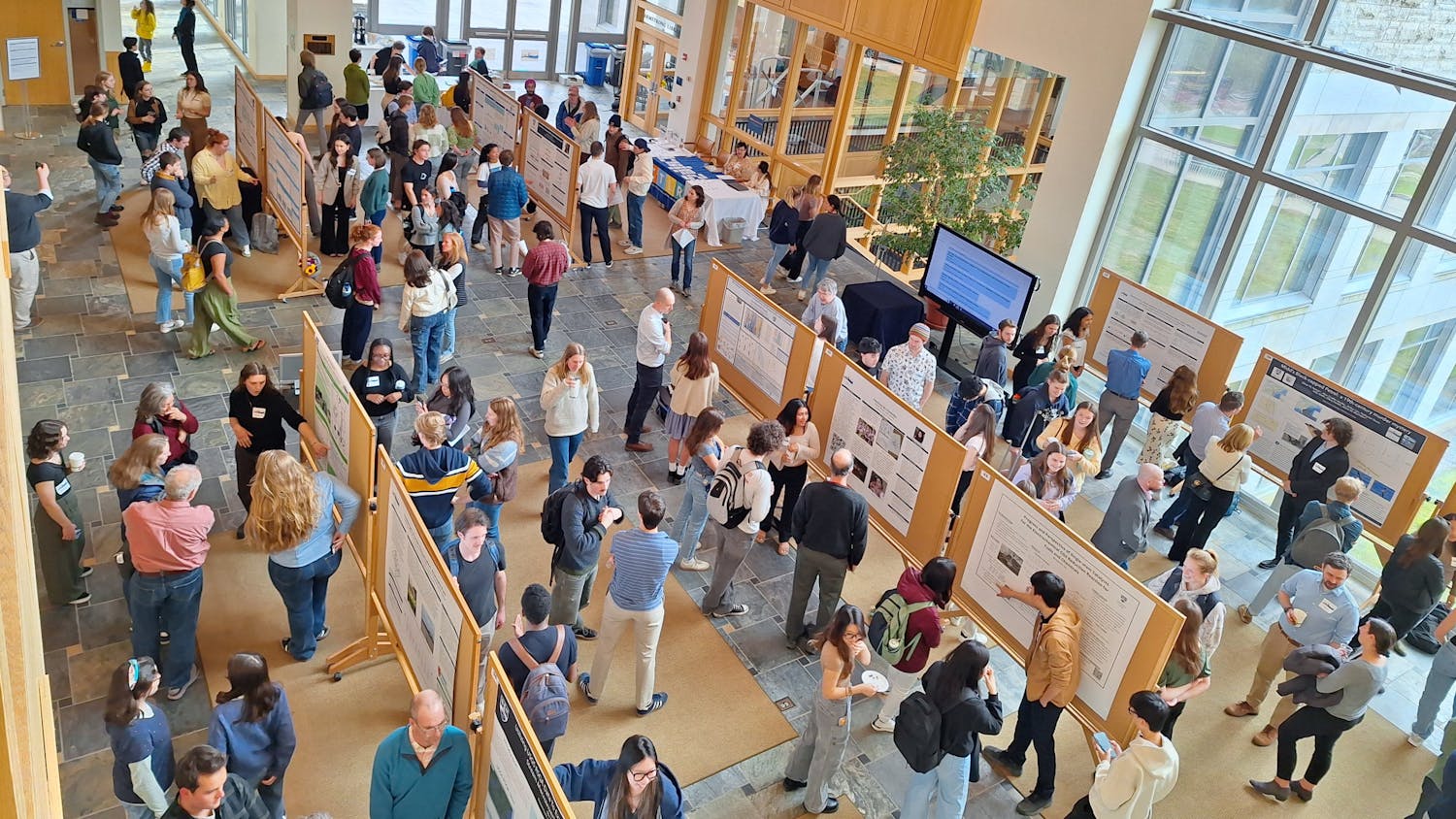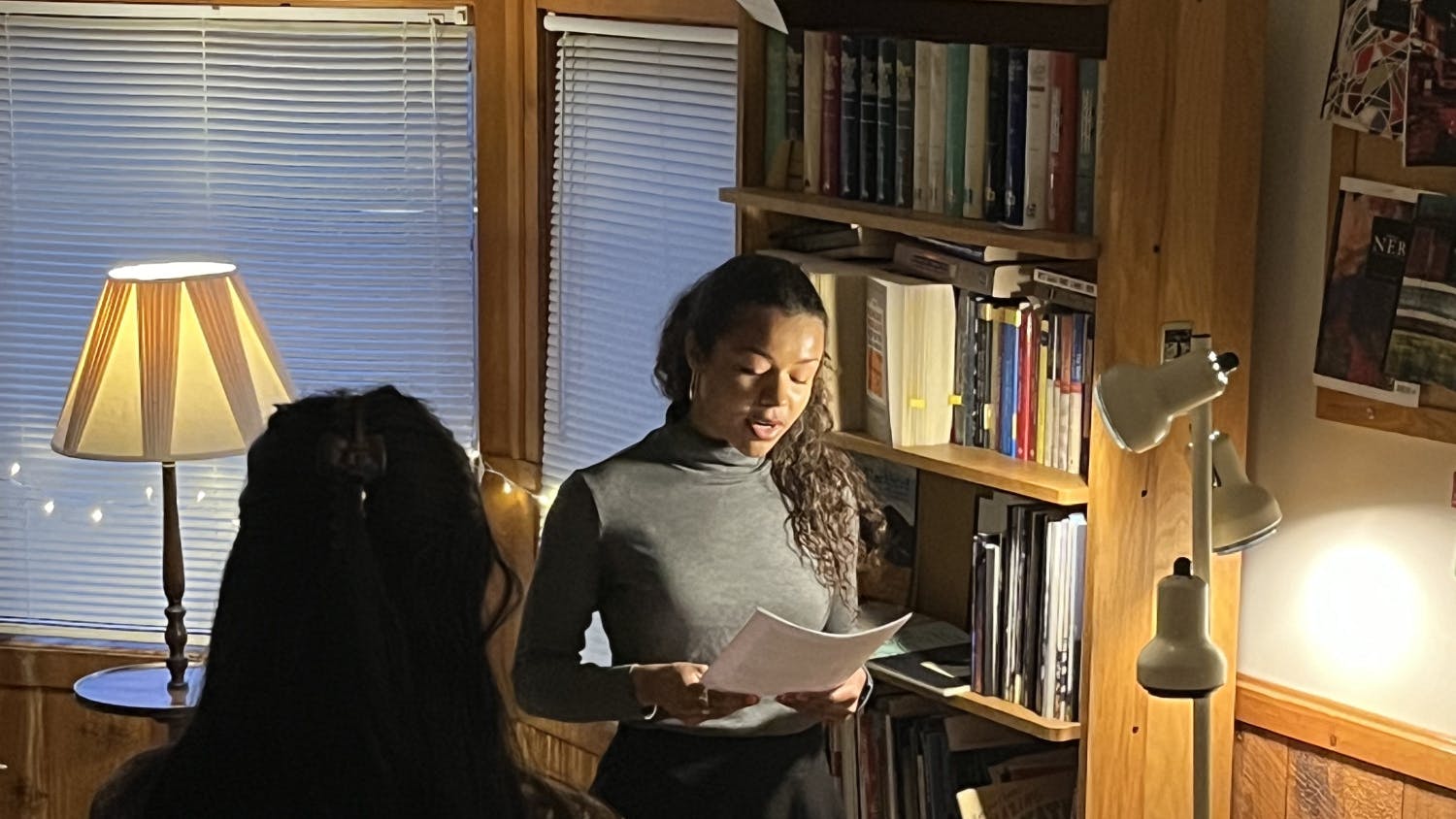Author: Mary Houde Staff Writer
Frog Hollow recently celebrated its 30th anniversary. Though its focus has always been on arts, the variety and development of arts and crafts have changed throughout the years. Most noticeable are the changes that have taken place that allow Frog Hollow to cultivate and support so many artists.
Frog Hollow began with the help of Allen Johnson in 1971. The original idea for the place was to have a central location for people to come and make crafts. Michael Giorgio, public relations director at Frog Hollow, said, "Originally the crafts people wanted a place for kids to come and do art-oriented things. There was some musical element included as well, but eventually that faded out as arts and crafts became the focus." In order to keep up the building and the arts program, the two crafts teachers, Robert Whistler and Bob Derot, started selling their products.
From this a circular system was devised. Students could take classes, produce a piece of art and then sell it at Frog Hollow's gallery. This was such a successful process that it still continues today. Giorgio commented, " The artwork in question has to be juried in. Our gallery managers review the work and make sure it is up to standards."
The program has been very lucrative, both for the center and for the students. "The product is sold on commission, so a lot of the money goes back to the artist. The rest of the money goes to keeping up the building and the gallery," Giorgio remarked. In fact, the money is divided among three components: 40 percent goes to education, 40 percent to sales and 20 percent goes to exhibition. In 2000 Frog Hollow made approximately $2 million in sales of Vermont arts and crafts.
In 1975, Frog Hollow was named the Vermont State Craft Center. "Vermont was the first state to have a craft center, to treat that as a viable thing," Giorgio commented proudly. By the 1990s Frog Hollow's success meant it needed to expand. Two more centers were opened, one on Church Street in Burlington and one in Manchester. Giorgio commented on the success of the different locations: "We may lose about four students a year, but we gain anywhere from 20 to 25 new ones."
The range of students attending classes at covers a breadth of ages and backgrounds. For instance, schools like Edmunds Elementary in Burlington have done programs that allow the entire student body to take an introductory clay session at Frog Hollow. Adults of all ages are also drawn into the activities of Frog Hollow. For some it might be the qualified teachers like Ted Schiffman, a student of Ansel Adams and a photographer from National Geographic. Others might be intrigued by artists that have gone before them at Frog Hollow such as Sabra Field, Judi and Fred Danforth and Simon Pearce. However, those who see the intricate products of all these classes will only need their eyes to convince them to take a class.
Though Frog Hollow has always had a kiln and is often associated with pottery, there are other skills taught. Classes range from glass blowing to fashioning metal to crafting wood to photographing and much more. The artisans guide students in creating products with materials that may be unfamiliar. The results are quite amazing as can be seen on their Web site www.froghollow.org.
Hollowing Out a Space for Local Arts and Crafts
Comments



